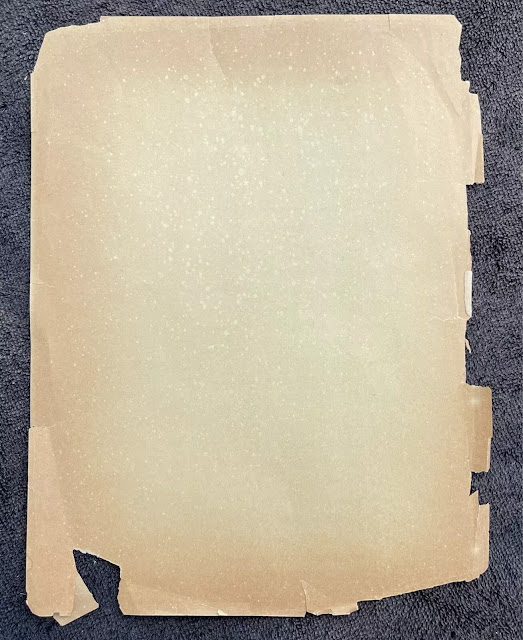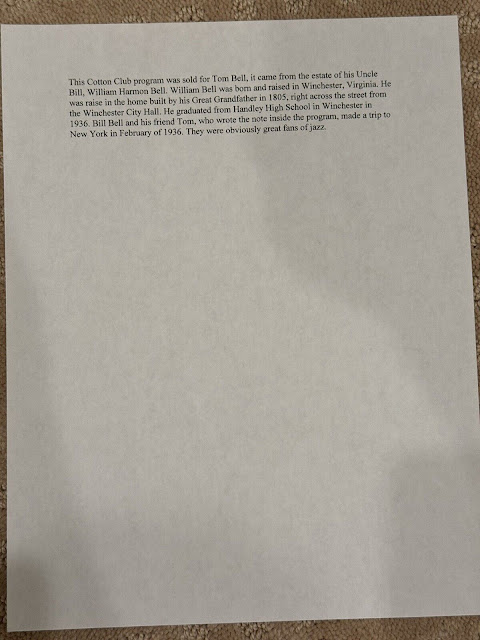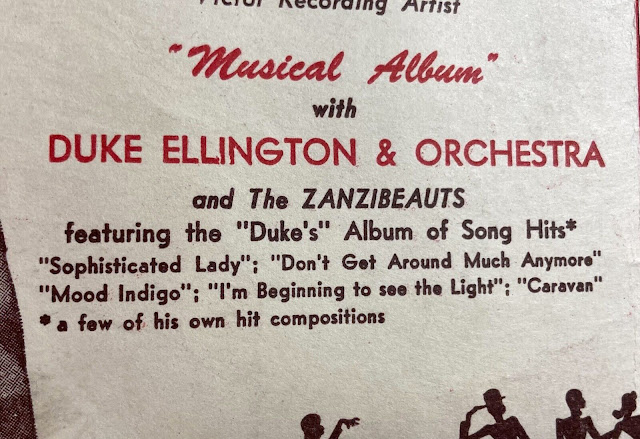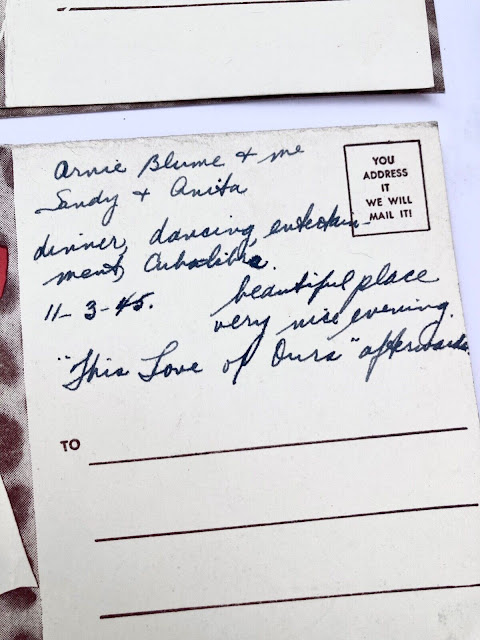BBC Proms 2024
Prom 35: Ellington, Braxton and Mary Lou Williams
Ilan Volkov and friends celebrate milestones from the past 100 years of American jazz, starting with a sequence honouring the ‘Duke’. Mary Lou Williams’ Zodiac Suite from 1945 romps between boogie-woogie and dissonance in its response to astrological signs.
The evening culminates in the work of a boundary-crossing visionary very much still with us. From the south side of Chicago, multi-instrumentalist and self-styled ‘trans-idiomatic composer’ Anthony Braxton has established himself as a musician whose imagination recognises no bounds.
Broadcast live on BBC Radio 3.
Programme
Ellington, arr. M. Gould Solitude; Mood Indigo; Sophisticated Lady; Caravan 13’
Mary Lou Williams Zodiac Suite 40’ (European premiere)
Interval
Anthony Braxton Composition No. 27 (+46, 59, 63, 147, 151, LM) c30’
Anthony Braxton saxophone
James Fei saxophone/conductor
Katherine Young bassoon/conductor
Chris Lewis saxophone/clarinet
Brandon Lee trumpet
Mikaela Bennett soprano
Aaron Diehl Trio
BBC Scottish Symphony Orchestra
Ilan Volkov conductor
Sunday, 18 August 15:00 (EDT)
Such Sweet Thunder workshop with David Berger: Cottontail
Cottontail
By 1940, the black big bands all focused on The Blues and Rhythm (contrafaxes on the chord changes of I Got Rhythm) almost to the exclusion of everything else. When smaller jump bands like Louis Jordan and his Tympany Five gained popularity in the 1940s, they coined the phrase Rhythm and Blues, and it stuck.
Not to be outdone, Ellington recorded Cottontail in 1940. The fast tempo, angular lines, and sophisticated chord substitutions in addition to Ben Webster’s powerful tenor solo laid down the swing gauntlet and forecasted much of where bebop would be going in a few years. Every jazz player (including Charlie Parker) took note of this recording. Tenor players committed Ben’s solo to memory.
After a couple of short stints with the band in the mid- to late ‘30s, Ben Webster became a full-time member in January, 1940. His presence was immediately felt. He was Ellington’s first great tenor soloist—mostly influenced by Coleman Hawkins, Johnny Hodges, and the blues. He had two nicknames: Frog, and The Brute, the second of which was most fitting to his volatile personality, especially when under the influence of alcohol.
His dream was to play with Ellington and sit next to Johnny Hodges. Although Webster was a tough guy, he had his tender, romantic side, which he sought to develop through internalizing Hodges’ style. However, the two could not have been more different. Hodges was quiet and Ben was outspoken to a fault. Hodges was an ear player, and Ben, who had perfect pitch, also played excellent stride piano and was well-versed in chromatic harmony.
His sound and harmonic creativity owed much to Hawkins, but Ben’s connection to the Blues prevented him from losing his earthiness. When bebop took hold in the mid-40s, he was upset that he couldn’t make the transition. His big sound, vibrato, and eighth note feel were too ingrained.
Cottontail (originally entitled Shuckin’ And Stiffin’) is a collaboration between Ellington and Webster. Ben wrote the melody of the head and sax soli, and Duke scored the rest. Ellington was in the habit of paying his sidemen $75 for their ideas and then taking sole credit for the composition. Such is the case here.
During Ben’s first stint with Ellington (1940-43), he was best friends with trumpeter Jimmy Maxwell, who at that time was playing lead trumpet with Benny Goodman. I never got to know Ben, as he moved to Europe before I came on the New York jazz scene in 1971, so besides recordings, my knowledge of Ben came from anecdotes Maxwell told me while I studied trumpet with him.
According to Maxwell, Duke wrote the arrangement of Ben’s line and let Ben know that they would record it. The night before the recording, Ben devised an amazing 2-chorus solo that he would play on the recording. Not wanting anyone to know that he had prepared this solo, he planned to unleash it on the second take, figuring that there would be some mistakes on the first take, and Duke would issue the second take.
So, for the first take, Ben improvised a completely different solo. He was very relaxed—figuring that no one would get to hear what he was playing. At the end of the take, Duke was satisfied and told the band to take out Never No Lament. Ben begged Duke for another take so he could play his amazing, prepared solo, but Duke liked the first take.
Ben’s solo on that take went on to be one of the four cornerstones of the tenor sax along with Coleman Hawkins’ Body And Soul, Lester Young’s Lester Leaps In, and Illinois Jacquet’s Flying Home. Thanks to Ellington, we’ll never know the amazing, prepared solo of Ben’s.
This is the story passed down for ages, but the fact is that the band did record a second take, which has was noted in Victor’s files but the recording has not surfaced. Evidently, Ben got to play his amazing, prepared solo, but Duke chose the first take—recognizing the spontaneity of the moment.
Beside Ben’s solo, his sax soli set the standard for all sax solis to come. Ben’s lead line, Duke’s harmonies, and the sax section’s performance were all a revelation. Although Otto Hardwick was the lead alto player in the band, Ellington would occasionally assign the lead to Johnny Hodges for hard-swinging passages. Such was the case here. When Hardwick left the band in 1946, Hodges took over the lead chair.
Special mention also goes to the rhythm section. Jimmie Blanton’s propulsive beat lights a fire under Sonny Greer and Ellington. The change in the title to Cottontail was in tribute to Ben’s idol and section mate, Johnny Hodges, whose nickname was Rabbit, probably due to his physically small stature. All of Ellington’s scores and parts for Hodges were labeled “Rab”.
When soloists would leave the band, Duke would retire the arrangements they soloed on. However, this was not the case with Cottontail. After passing through a few hands and then Ben on his brief return in the late 1940s, it became a permanent feature for Paul Gonsalves for decades. Paul would play Ben’s first four bars and then improvise his own solo. When performing with Ella Fitzgerald in the 1960s, Ella would scat the head and then several choruses—making it her feature.
Tickets available here.
Sunday, 25 August 15:00-18:30 (EDT)
Cadieux Café, 4300 Cadieux Rd, Detroit, MI 48224, USA
R J Spangler's Planet D Nonet
Blues To Be There Vinyl Launch Party
.webp)
.jpg)








































































